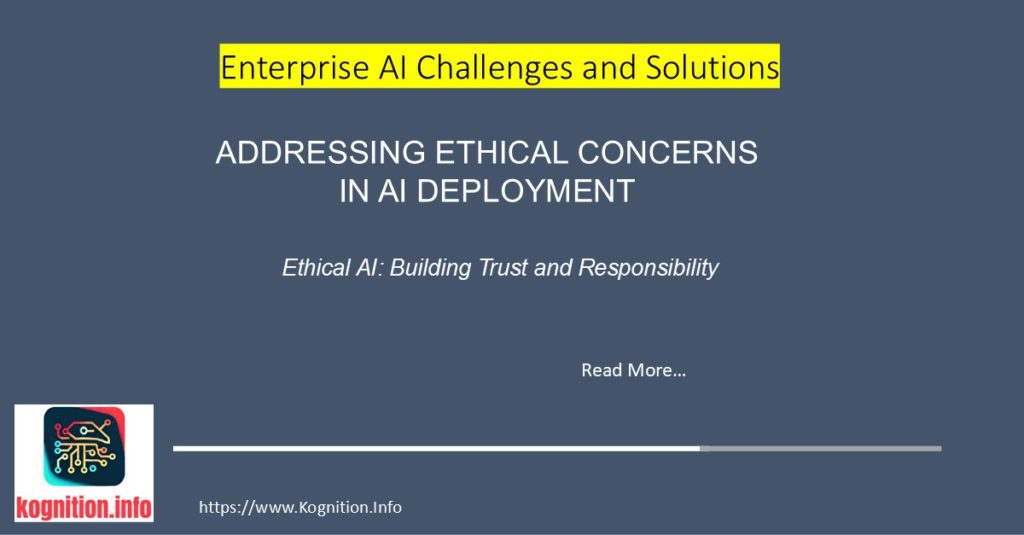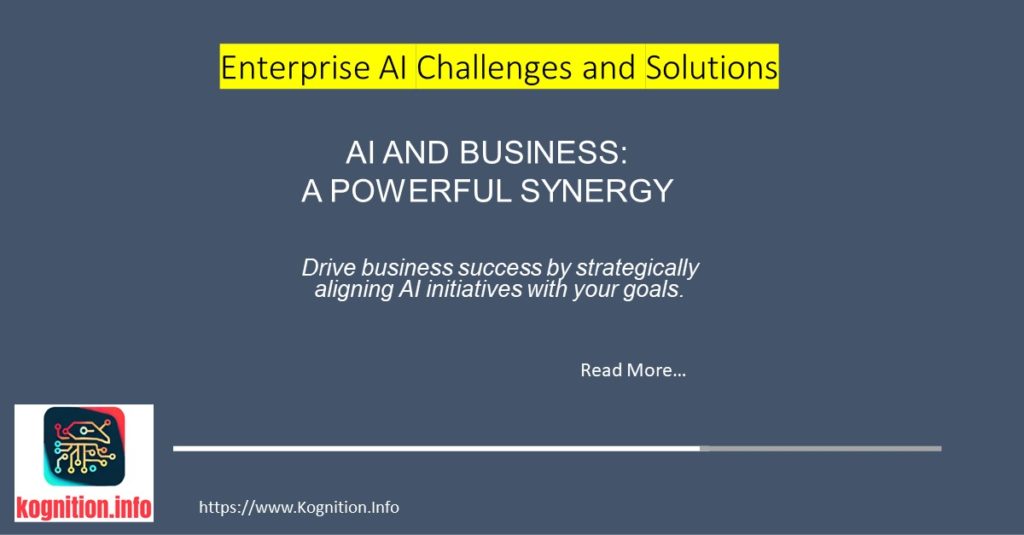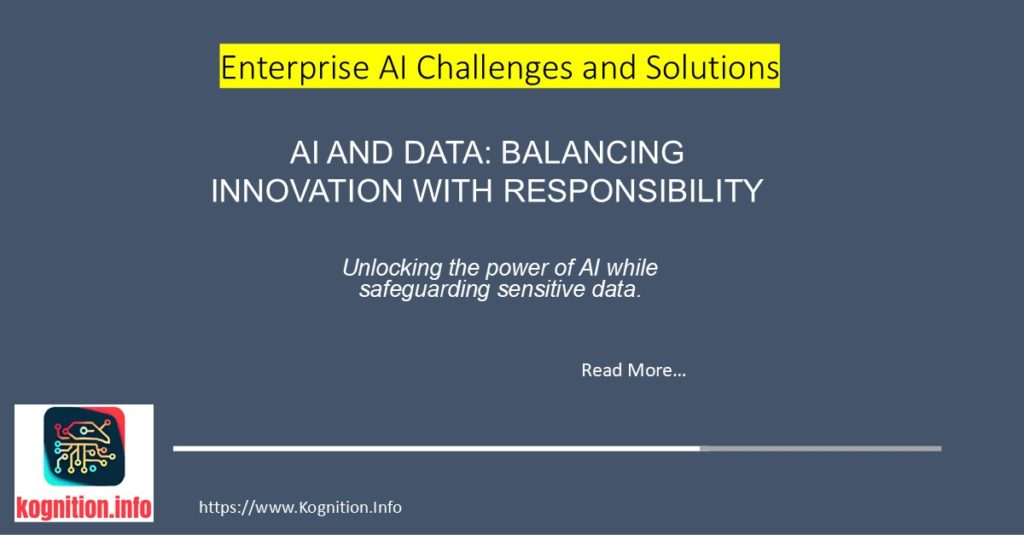Reimagining Privacy for the AI Era Beyond Compliance to Competitive Advantage: Crafting Privacy Policies That Enable Responsible AI Innovation As artificial intelligence transforms business operations, traditional privacy frameworks are proving inadequate for the unique challenges AI presents. From training data collection and algorithmic inference to automated decision-making and continuous learning, AI systems interact with personal…...



